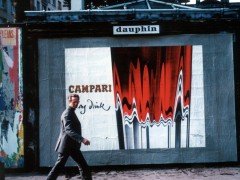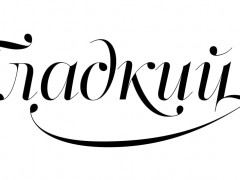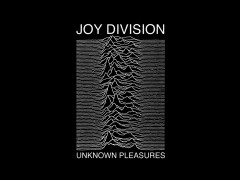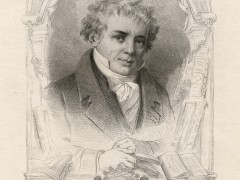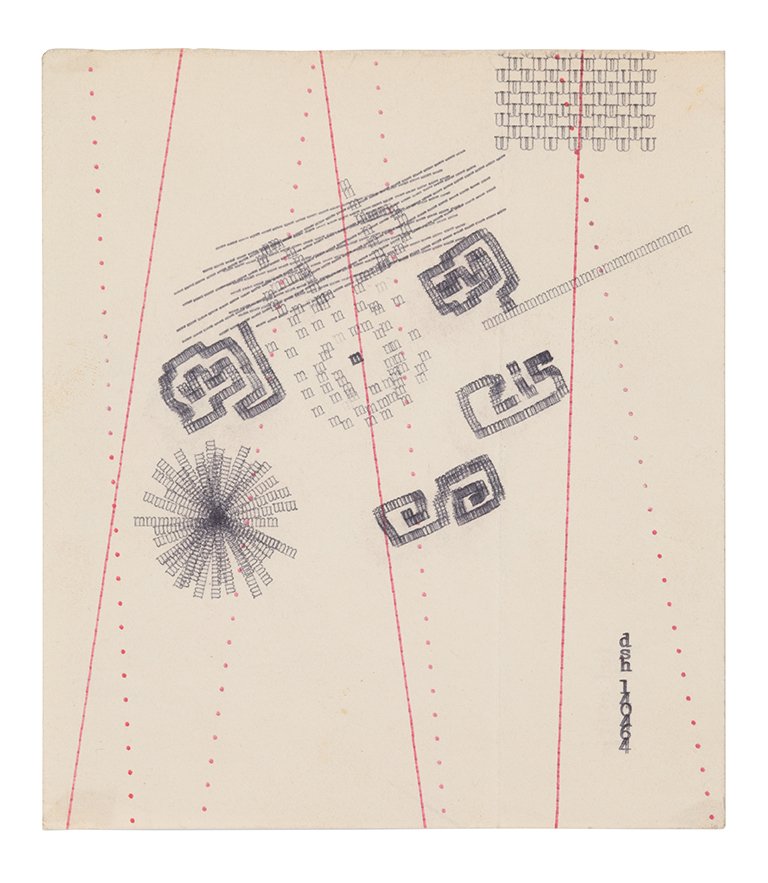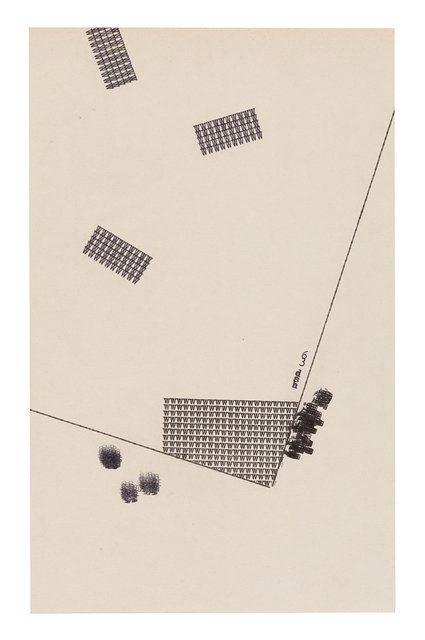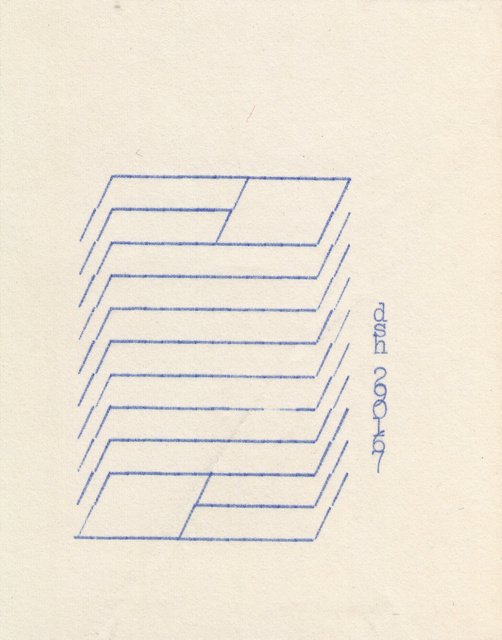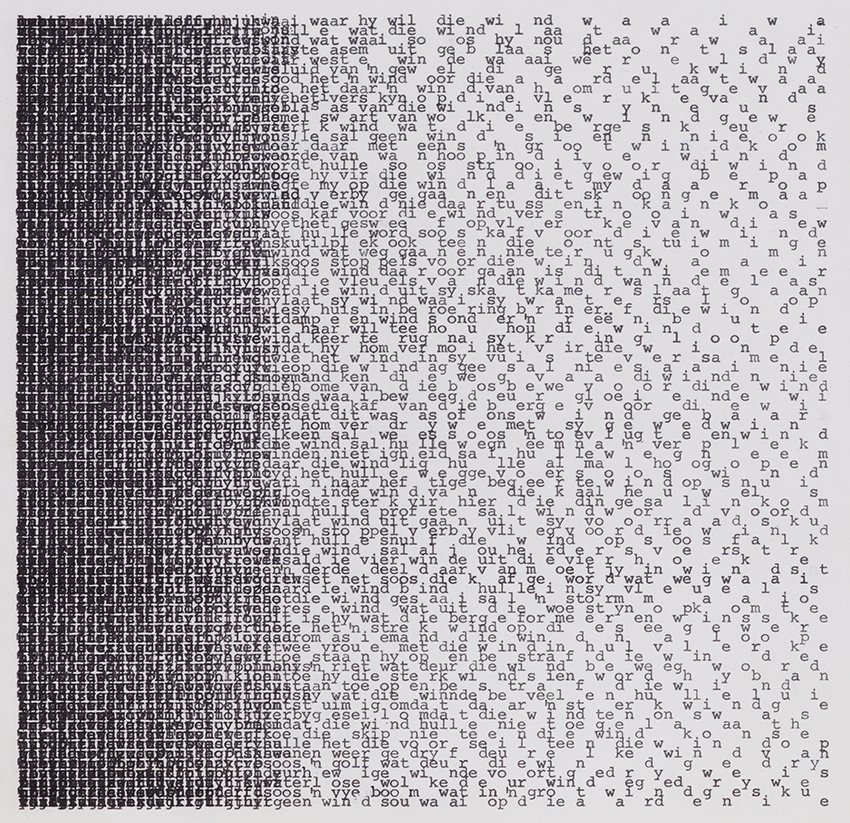Stanley Kubrick and a typewriter affair to remember
Back in 2019 Design Museum's Font Sunday, in the event of the opening of Stanley Kubrick: The Exhibition, was dedicated to typewriter fonts.
From Colón Mono, Courier M to Olivetti and Letter Gothic the viral celebration showcasing multiple letterforms made of typewriters was a blast.
Stanley Kubrick was one of the many artists who used an Adler Tippa S typewriter for his scripts and of course, the typewriter is as ominous as ever in Kubrick's nightmarish masterpiece The Shining.
A typewriter is a mechanical or electromechanical machine for writing characters similar to those produced by printer's movable type.
Typically, a typewriter has an array of keys, and pressing one causes a different single character to be produced on the paper, by causing a ribbon with dried ink to be struck against the paper by a type element similar to the sorts used in movable type letterpress printing.
Commonly, a separate type element (called a typebar) corresponds to each key, but the mechanism may also use a single type element (such as a typeball) with a different portion of it used for each possible character. At the end of the nineteenth century, the term typewriter was also applied to a person who used a typing machine.
Per Wikipedia the first commercial typewriters were introduced in 1874, but did not become common in offices until after the mid-1880s. The typewriter quickly became an indispensable tool for practically all writing other than personal handwritten correspondence. It was widely used by professional writers, in offices, and for business correspondence in private homes.
Typewriters were a standard fixture in most offices up to the 1980s. Thereafter, they began to be largely supplanted by the computer. Nevertheless, typewriters remain common in some parts of the world, are required for a few specific applications, and are popular in certain subcultures. In many Indian cities and towns, type writers are still used, especially in road side and legal offices due to a lack of continuous reliable electricity.
The QWERTY keyboard continues to be the standard used in computers.
Notable typewriter manufacturers included E. Remington and Sons, IBM, Godrej, Imperial Typewriter Company, Oliver Typewriter Company, Olivetti, Royal Typewriter Company, Smith Corona, Underwood Typewriter Company, Adler Typewriter Company and Olympia Werke.
Back to Kubrick's perfectionism and his love for type, throughout The Shining Jack's Adler typewriter goes from a light tan color to a grey-blue with no real explanation. Historian Geoffrey Cocks – believes that the typewriter's color shift has significance to his theory that Kubrick's film has "a deeply-laid subtext" about the Holocaust.
"That typewriter, that German typewriter – which by the way changes color in the course of the film, which typewriters don't generally do – is terribly, terribly important as a referent to that particular historical event" reports Wired.
The scene when Jack writes obsessively on the typewriter "All work and no play makes Jack a dull boy" was re-shot a number of times, but changing the language of the typed copy to Italian, French, Spanish, and German, in order to match the respective dubbed languages.
For the international versions of the film, Kubrick shot different takes of Wendy reading the typewriter pages in different languages.
For each language, a suitable idiom was used: German (Was du heute kannst besorgen, das verschiebe nicht auf morgen – "Never put off till tomorrow what may be done today"), Italian (Il mattino ha l'oro in bocca – "The morning has gold in its mouth"), French (Un «Tiens» vaut mieux que deux «Tu l'auras» – "One 'here you go' is worth more than two 'you'll have it'", the equivalent of "A bird in the hand is worth two in the bush"), Spanish (No por mucho madrugar amanece más temprano – "No matter how early you get up, you can't make the sun rise any sooner."
Tags/ typewriter, stanley kubrick, design museum





